(A friendly, personal guide to help new immigrants budget smarter and settle with confidence)
A Personal Note
I still remember our first few months in Australia the excitement, the dreams, and the… reality check.
We thought we were prepared. We had our bank accounts set up, a small emergency fund, and even a plan for groceries. But by the end of the first month, we were asking ourselves:
“What happened? Where did all our money go?”
Some costs were obvious such as rent, bills, groceries. While others? Not so much. From hidden fees in bank accounts to small daily expenses that add up, we quickly realized that surviving in a new country isn’t just about earning money, it’s also about knowing where it’s going.
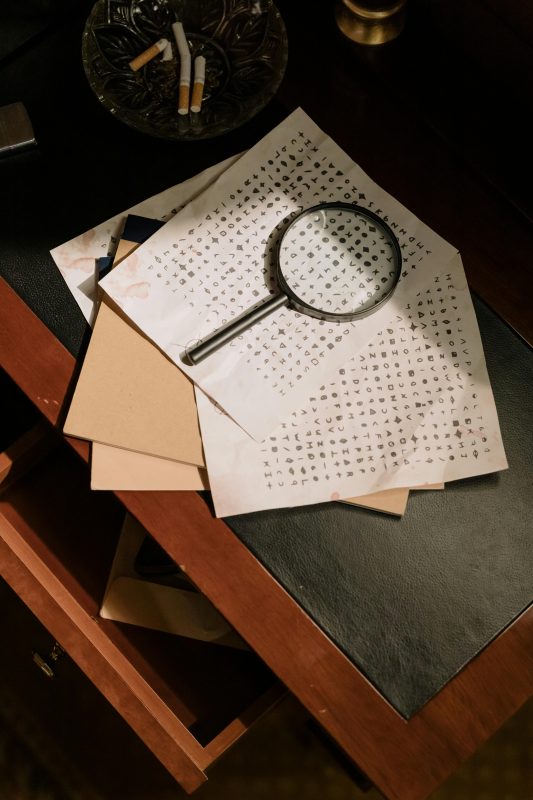
After lots of trial and error, and late-night spreadsheet sessions, I compiled a list of the 10 hidden costs that new immigrants in Australia often overlook. These are the ones that can quietly drain your budget and how to manage them without stress.
1. Bank Fees & Transaction Charges
Even after choosing a great bank (remember our last post on the Top 5 Banks?), the reality is that many accounts come with fees:
- Monthly account maintenance fees
- ATM withdrawal fees for other banks
- International transfer charges if sending money overseas
Tip:
- Look for fee-free accounts or switch to accounts with minimal charges.
- Use bank apps to track transaction fees automatically.
- Consider services like Wise for cheaper international transfers.
Personal story: I once withdrew $50 from an ATM in a different bank and was shocked to see a $4 fee. It seems small, but by the end of the month, it added up. Now, I always check which ATMs are free.
2. Utility Bills That Fluctuate
Electricity, gas, water, these costs aren’t fixed, and most newcomers underestimate seasonal changes.
Tip:
- Always compare providers and rates regularly
- Track your usage weekly. This is a small habit that prevents shocking bills
- Consider simple energy-saving habits: LED bulbs, unplugging devices, washing clothes in cold water,

Personal story: In winter, our heating costs shot up, mostly on gas, but electricity increased too. Tracking usage made a huge difference.
3. Transport & Commuting Costs
Even if you live near work or school, transport costs can sneak up:
- Daily Opal or Myki Card top-ups
- Parking fees
- Occasional rideshare trips
Tip:
- Use public transport apps to plan cheaper routes.
- Take advantage of weekly or monthly travel passes.
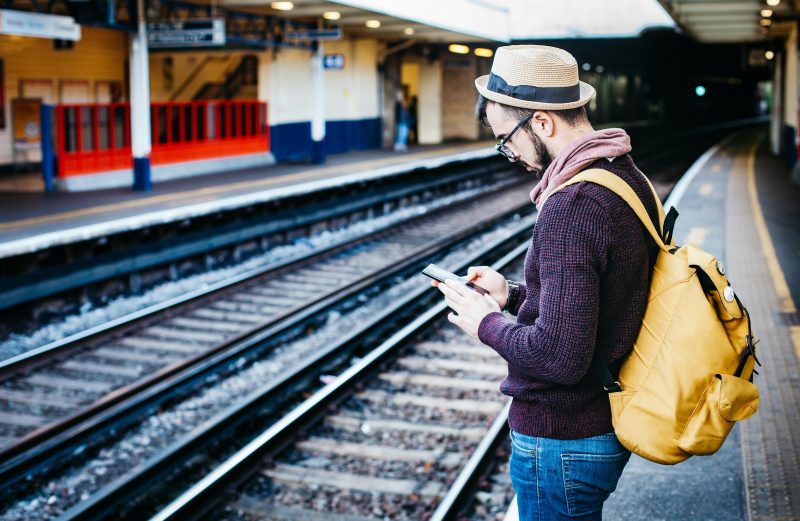
- Walk or cycle when possible, bonus for health and savings.
Personal story: My husband forgot to budget for city parking during his first work interview which cost him $50 for just two hours! Ouch!
4. Groceries & Eating Out
Groceries often take a bigger chunk of your budget than you think especially when first learning local prices. Eating out or ordering delivery can quickly double your weekly spend.
Tip:
- Shop at local markets and compare weekly specials.
- Plan meals in advance and cook in batches.
- Limit takeaway meals to treat days only.
Personal story: We thought $100 for groceries was enough for a family of three but it barely lasted three days. Meal planning saved us at least $150 a month.
5. Healthcare & Unexpected Medical Costs
Even with Medicare, some costs are unavoidable:
- Prescriptions not fully covered
- Specialist consultations
- Dental checkups or optical expenses especially if you don’t have private health insurance.
Tip:
- Keep a small health buffer fund.
- Compare private health cover options if needed.
- Check if your local pharmacy or clinic has bulk-billing options.

Personal story: I once had to pay $80 for a prescription we assumed was free. That’s why having a dedicated health buffer is essential.
6. School Supplies & Extracurricular Activities
If you have kids, school-related expenses can quickly add up:
- Uniforms and stationery
- Excursions and school trips
- Sports, music, or arts activities
Tip:
- Check if the school has a buy/sell second-hand uniform system.
- Track extracurricular costs monthly and plan in advance.
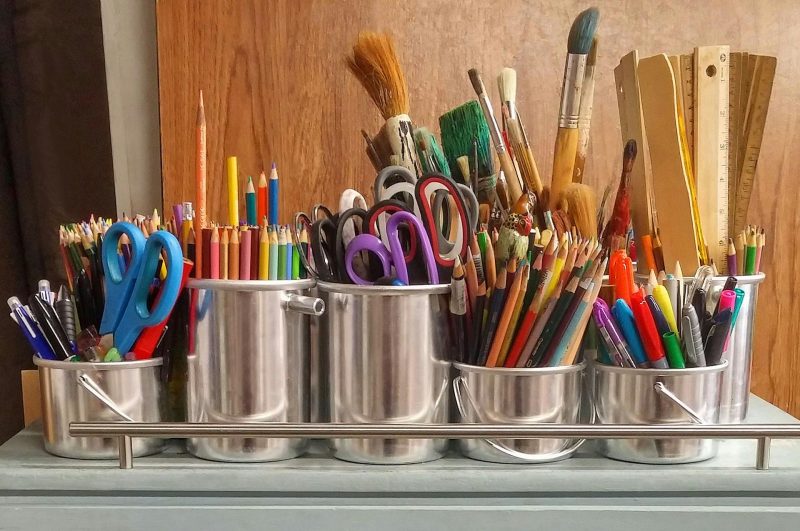
Personal story: We underestimated the cost of uniforms and excursions for our first term, therefore a $200 extra slipped out of our budget before we even realized it.
7. Household Essentials & Home Maintenance
Cleaning supplies, furniture, minor repairs, these are often overlooked in the first months.
Tip:
- Create a monthly household buffer for small purchases.
- Buy multi-purpose cleaning items to save money or better yet create your own.
- Second-hand stores or local Facebook Marketplace are goldmines for budget-friendly furniture.
Personal story: We spent $150 on a “must-have” coffee table that we later realized was just a nice-to-have. Planning purchases carefully helped curb this.
8. Entertainment & Socializing
Living in a new country is exciting, and social events are important, but they can sneak into your budget:
- Weekend outings, movies, dining with friends
- Subscriptions: Netflix, Disney+, Spotify
- Local attractions
Tip:
- Set a monthly fun/reward budget.
- Look for free community events or discounted local activities.
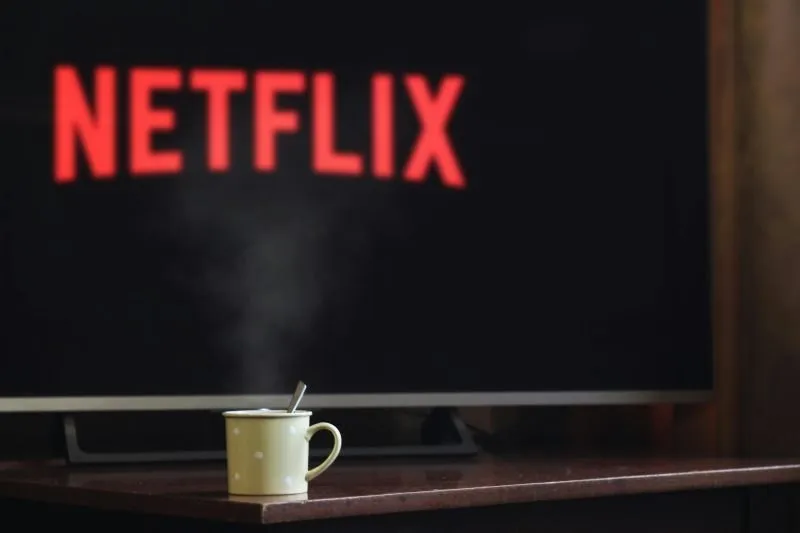
Personal story: We once overspent our “fun” budget by $100 on casual dinners, now we track social outings (mostly the free ones) separately to avoid guilt and overspending.
9. Clothing & Seasonal Needs
Australia’s weather varies significantly by state and season. You may find yourself needing:
- Winter coats, shoes, or accessories
- Rain gear
- Summer essentials like sunscreen, hats, and swimwear
Tip:
- Plan seasonal clothing budgets in advance.
- Take advantage of sales and second-hand options.
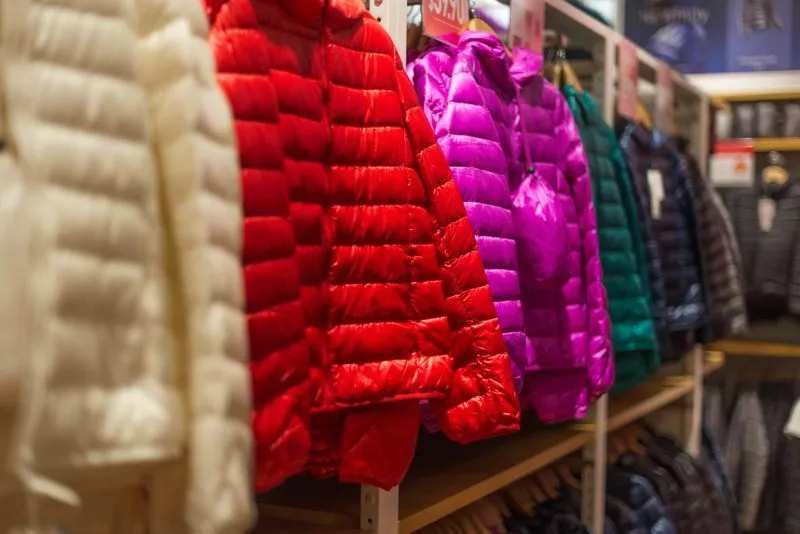
Personal story: Our first winter, we underestimated the cost of jackets and boots, which cost us $200. Lesson learned!
10. Miscellaneous “Small” Expenses That Add Up
These are the sneaky costs that seem tiny but can blow your budget:
- Takeaway coffee
- Snacks, impulse buys
- Small convenience fees
Tip:
- Track all expenses, even small ones, they’re often the silent budget killers.
Personal story: I used to impulse buy a on random stuff at the shop. By the end of the month, I realized it costs me $100 which is enough for groceries for a day! Tracking made us conscious of these little leaks.
Bonus Tip: Create a “Hidden Costs Awareness Fund”
After tracking these hidden costs, you can create a monthly buffer fund, about10-15% of your income set aside to cover unexpected or irregular costs just like what we did. This simple habit:
- Reduced stress
- Prevented debt from unexpected expenses
Gave us confidence to plan bigger goals, like saving for a house deposit
How to Track and Manage These Costs
How to Track and Manage These Costs
Tracking is key. Here’s what worked for us:
- Manual Tracking for Awareness — Start with your Budget Starter Kit to see where every dollar goes.
- Review Weekly, Adjust Monthly — Spend 10-15 minutes each week reviewing your spending and adjust your buffer fund if necessary.

- Envelope or Cash Method – Budget by Category – Allocate cash for each category (groceries, transport, entertainment). When the envelope is empty, you’ve reached your budget for that category — simple, stress-free, and very visual.
This approach creates clarity, confidence, and control exactly what you need in your first year in Australia.
Final Thoughts
Your first year in Australia is full of excitement —but also hidden costs. The key here is awareness + planning + small habits.
By understanding and tracking these 10 hidden costs:
- You’ll avoid financial surprises
- Build confidence in your budgeting
- Stay focused on saving and settling into your new life
Remember, it’s not about cutting every expense, it’s about being aware and in control.
If you want a simple, step-by-step tool to start tracking every dollar, check out our Budget Starter Kit, designed especially for new immigrants like us.
✨ Grab your Budget Starter Kit here for just $9 AUD (limited time only!)


